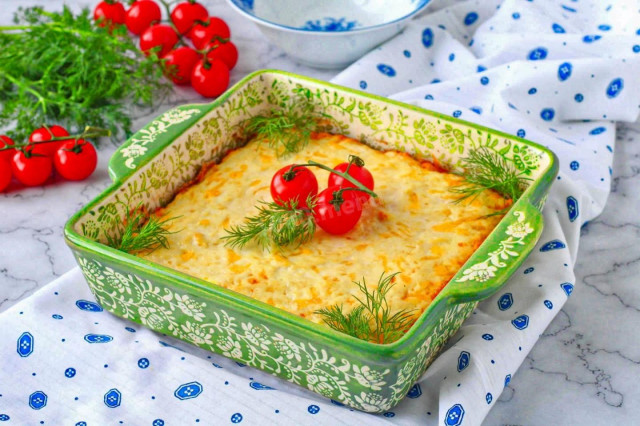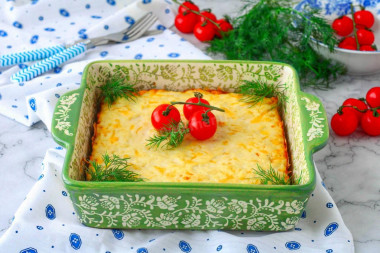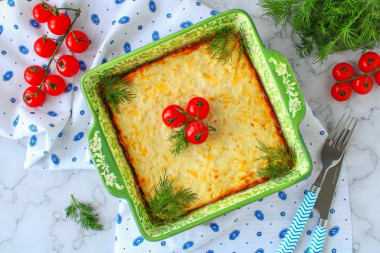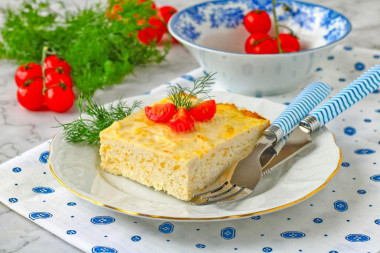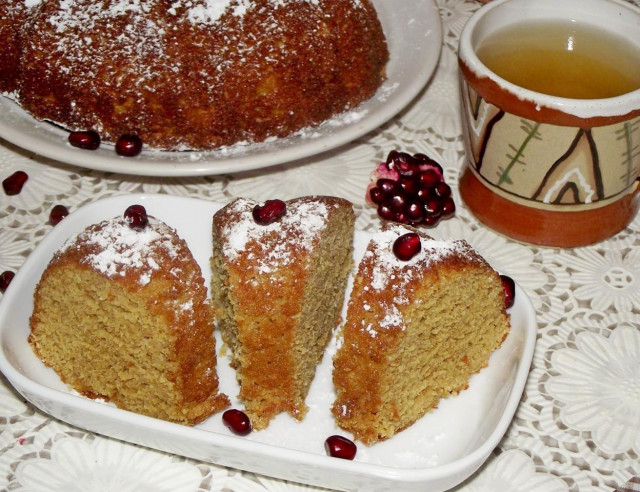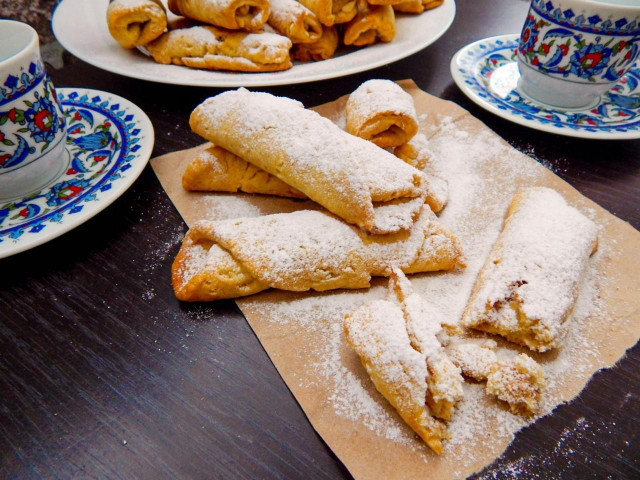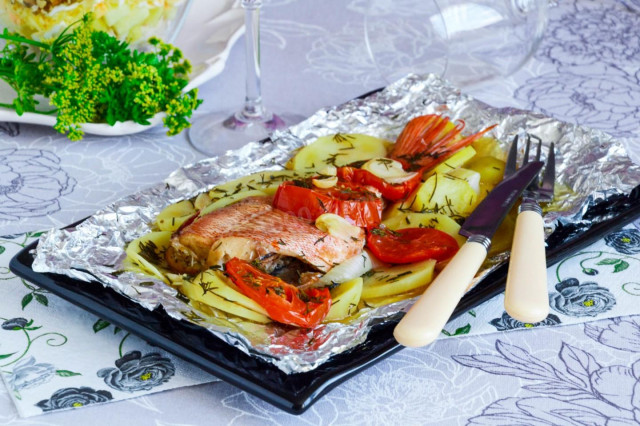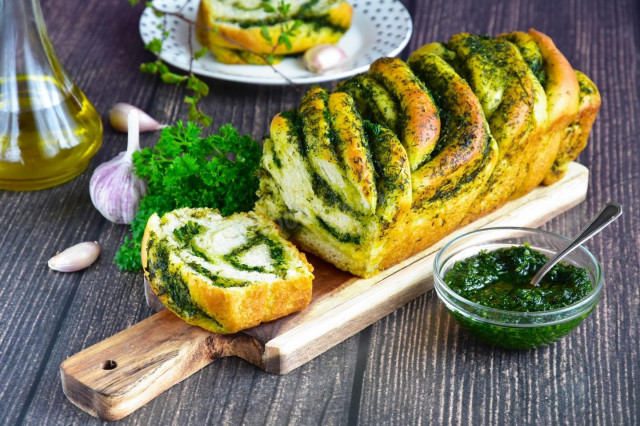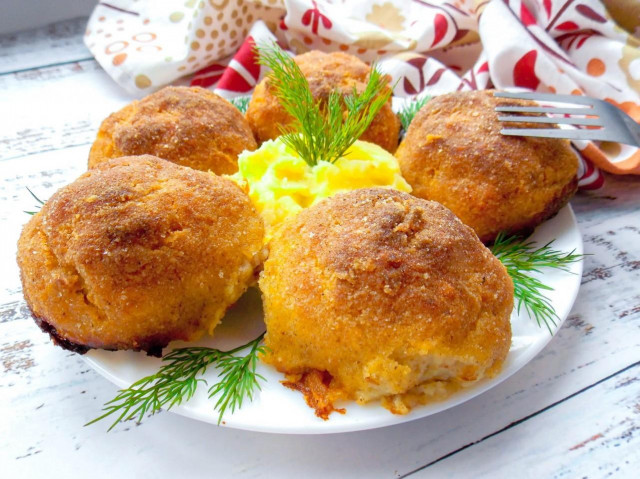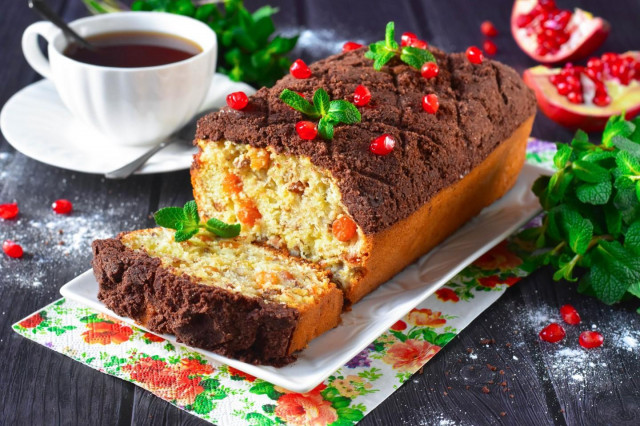Composition / ingredients
Step-by-step cooking
Step 1:
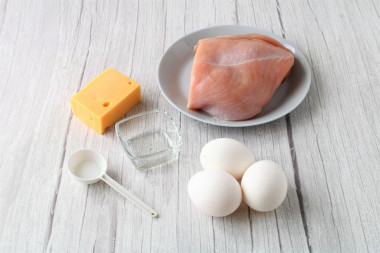
How to make turkey souffle? Measure out the necessary ingredients. You can take both white fillet and turkey thigh fillet. Take large eggs (category C0).
Step 2:
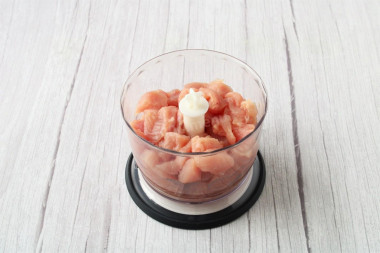
Wash the turkey fillet, dry it. Cut the fillet into small pieces.
Step 3:
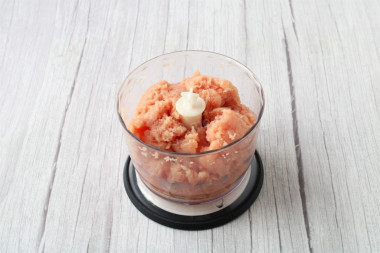
In the bowl of a blender, chop the fillet to the state of minced meat. You can skip the fillet through a meat grinder, but with the help of a blender, the minced meat will turn out more tender.
Step 4:
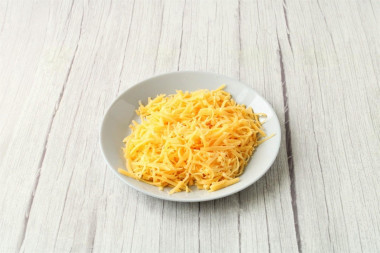
Grate the hard cheese on a coarse or fine grater.
Step 5:
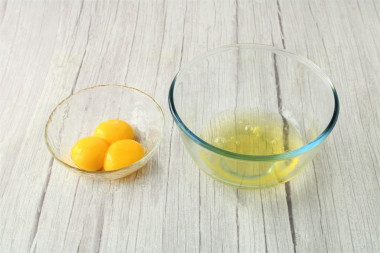
Wash the eggs, dry them. Carefully separate the whites from the yolks.
Step 6:
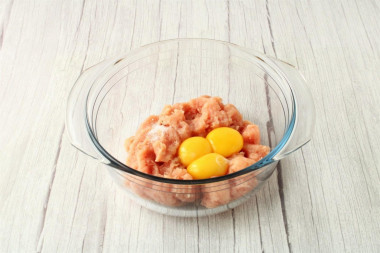
In a suitable container, combine the minced meat and yolks, add salt, mix well. When adding salt, consider the salinity of the cheese.
Step 7:
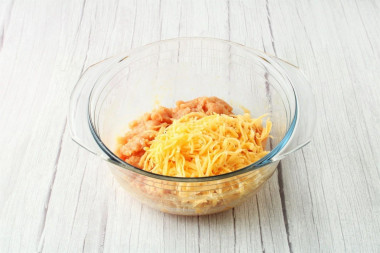
Put the grated cheese into the resulting mass, mix. If desired, add any spices and seasonings to taste.
Step 8:
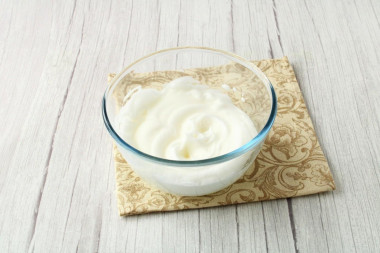
In a dry, fat-free container, beat the whites at medium speed with a mixer until soft foam. Then increase the speed and whisk the whites to a stable mass.
Step 9:
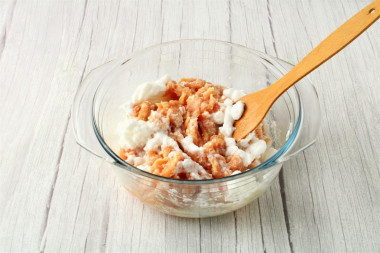
Using a spatula, gently mix the whipped whites into the minced meat.
Step 10:
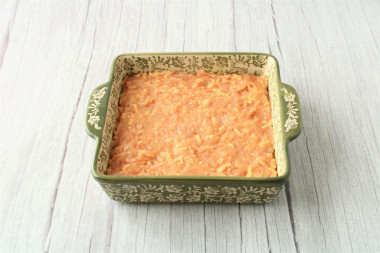
Grease the baking dish with vegetable oil. Lay out the prepared minced meat, carefully level the top.
Step 11:
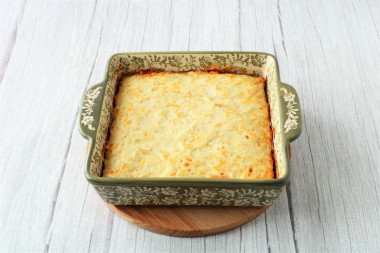
Bake the turkey souffle in a preheated 180C oven for about 30 minutes until lightly browned. Determine the exact time and temperature of baking according to your oven.
Step 12:
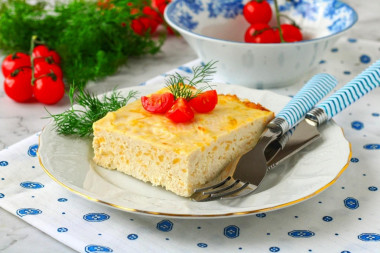
Cut the finished souffle into portions and serve. Enjoy your meal!
This turkey souffle for kids is perfect! Even for the little ones! And not only that, it's worth adding. It is dietary, so it can be eaten by almost everyone who adheres to certain dietary restrictions.
Be sure to wash the eggs before use, as even the seemingly clean shell may contain harmful bacteria. It is best to use food detergents and a brush.
Keep in mind that everyone's ovens are different. The temperature and cooking time may differ from those specified in the recipe. To make any baked dish successful, use useful information about the features of ovens !
Any heat-resistant form is suitable for this recipe. If you use a silicone mold, then you do not need to smear it with oil. But it is better to lightly lubricate metal, ceramic or glass dishes with vegetable oil.
Caloric content of the products possible in the composition of the dish
- Chicken egg - 157 kcal/100g
- Egg white - 45 kcal/100g
- Egg powder - 542 kcal/100g
- Egg yolk - 352 kcal/100g
- Ostrich egg - 118 kcal/100g
- Dutch cheese - 352 kcal/100g
- Swiss cheese - 335 kcal/100g
- Russian cheese - 366 kcal/100g
- Kostroma cheese - 345 kcal/100g
- Yaroslavsky cheese - 361 kcal/100g
- Altai cheese 50% fat content - 356 kcal/100g
- Soviet cheese - 400 kcal/100g
- Cheese "steppe" - 362 kcal/100g
- Uglichsky cheese - 347 kcal/100g
- Poshekhonsky cheese - 350 kcal/100g
- Lambert cheese - 377 kcal/100g
- Appnzeller cheese with 50% fat content - 400 kcal/100g
- Chester cheese with 50% fat content - 363 kcal/100g
- Edamer cheese with 40% fat content - 340 kcal/100g
- Cheese with mushrooms of 50% fat content - 395 kcal/100g
- Emmental cheese with 45% fat content - 420 kcal/100g
- Gouda cheese with 45% fat content - 356 kcal/100g
- Aiadeus cheese - 364 kcal/100g
- Dom blanc cheese (semi-hard) - 360 kcal/100g
- Lo spalmino cheese - 61 kcal/100g
- Cheese "etorki" (sheep, hard) - 401 kcal/100g
- White cheese - 100 kcal/100g
- Fat yellow cheese - 260 kcal/100g
- Altai cheese - 355 kcal/100g
- Kaunas cheese - 355 kcal/100g
- Latvian cheese - 316 kcal/100g
- Limburger cheese - 327 kcal/100g
- Lithuanian cheese - 250 kcal/100g
- Lake cheese - 350 kcal/100g
- Gruyere cheese - 396 kcal/100g
- Vegetable oil - 873 kcal/100g
- Salt - 0 kcal/100g
- Turkey breast - 84 kcal/100g

